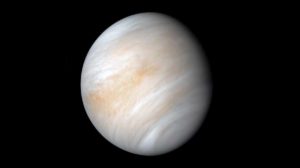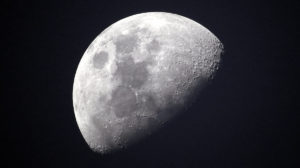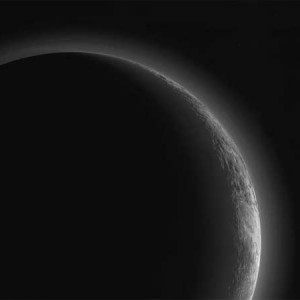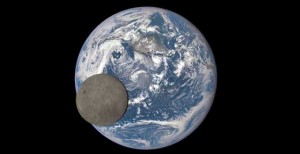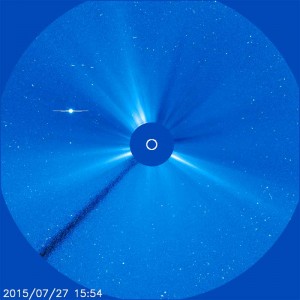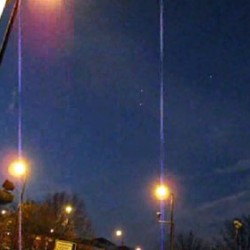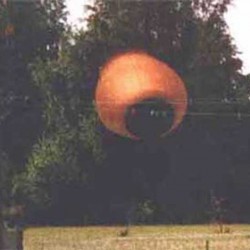Astronomers and researchers have already confirmed 1,000 planets are orbiting stars at the “sweet spot” or “habitable zone” in the Milky Way, now they say another 3,000+ planets could be out there.
The “habitable zone” is the perfect distance a planet orbits a star similar in size and age as our own sun. The planet also needs to be similar in size and age to Earth.
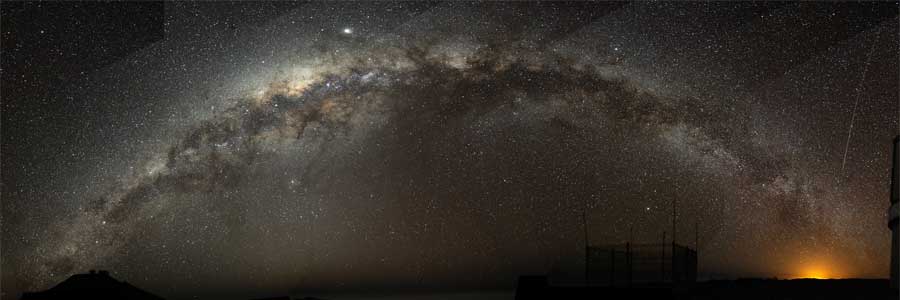
I recently saw a talk by Dr Simon Boxall called Planet Ocean. Dr Boxall specialises in Ocean and Earth Science at Southampton University (UK) and his talk focused on the oceans and just how unique our planet was and how life is only possible by an amazing combination of conditions.
He suggested that another planet as unique as ours is extremely rare, not imposable, but highly unlikely. But that doesn’t mean there isn’t life out there on other planets, it just unlikely to be anything like life as we know it here on Planet Earth.

Ambassador Babak Tafreshi snapped this remarkable image of the antennas of the Atacama Large Millimeter/submillimeter Array (ALMA), set against the splendour of the Milky Way. The richness of the sky in this picture attests to the unsurpassed conditions for astronomy on the 5000-metre-high Chajnantor plateau in Chile’s Atacama region
A 250-year-old mathematical hypothesis once predicted the existence of Uranus – but could it be used to help us find aliens?
Billions of stars in our galaxy could have as many as three planets orbiting them that could support life.
Astronomers used data from NASA’s Kepler space telescope which has already confirmed that 1,000 planets are orbiting stars in the Milky Way – with another 3,000 possibles.
The researchers made their claim after calculating the chances of planets orbiting in the “habitable zone” – the region around a star which could contain planets capable of supporting liquid water.
Source: Sky News
The Milky Way is the galaxy that contains our Solar System. Its name “milky” is derived from its appearance as a dim glowing band arching across the night sky in which the naked eye cannot distinguish individual stars. The term “Milky Way” is a translation of the Latin via lactea, from the Greek γαλαξίας κύκλος (galaxías kýklos, “milky circle”). From Earth, the Milky Way appears as a band because its disk-shaped structure is viewed from within. Galileo Galilei first resolved the band of light into individual stars with his telescope in 1610. Up until the early 1920s, most astronomers thought that all of the stars in the Universe were contained inside of the Milky Way. Following the 1920 Great Debate between the astronomers Harlow Shapley and Heber Curtis, observations by Edwin Hubble showed that the Milky Way is just one of many galaxies—now known to be billions. (Wikipedia)

